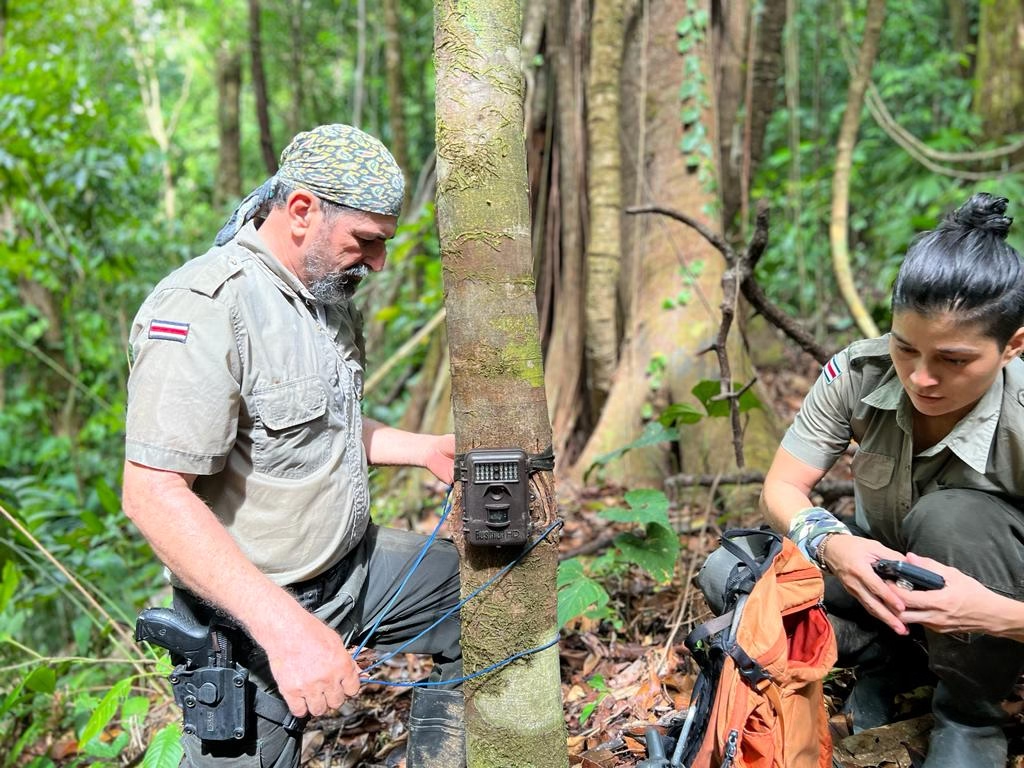
Corcovado National Park, Jaguar Territory
Author: Guido Saborio-R
On the southern Pacific coast of Costa Rica, Corcovado National Park has been recognized as an essential site for jaguar conservation. Weighing over 200 pounds, the jaguar is a top American predator. The International Union for Conservation of Nature classifies it as near threatened, with only 70% of its population having a high survival probability.
In 2015, I helped develop a collaboration called JaguarOsa. This collaboration brought together Rastreo Corcovado, a monitoring effort led by Alejandro Azofeifa and Evelyn Solano, park rangers of Corcovado National Park, and Dr. Erik Olson of Northland College, Wisconsin, USA. The team used camera traps to monitor wildlife and jaguars. To date, the team has identified at least 20 jaguars (13 males and seven females) roaming Corcovado National Park, providing valuable data to understand the natural history, population trends, and conservation status of jaguars in the park.
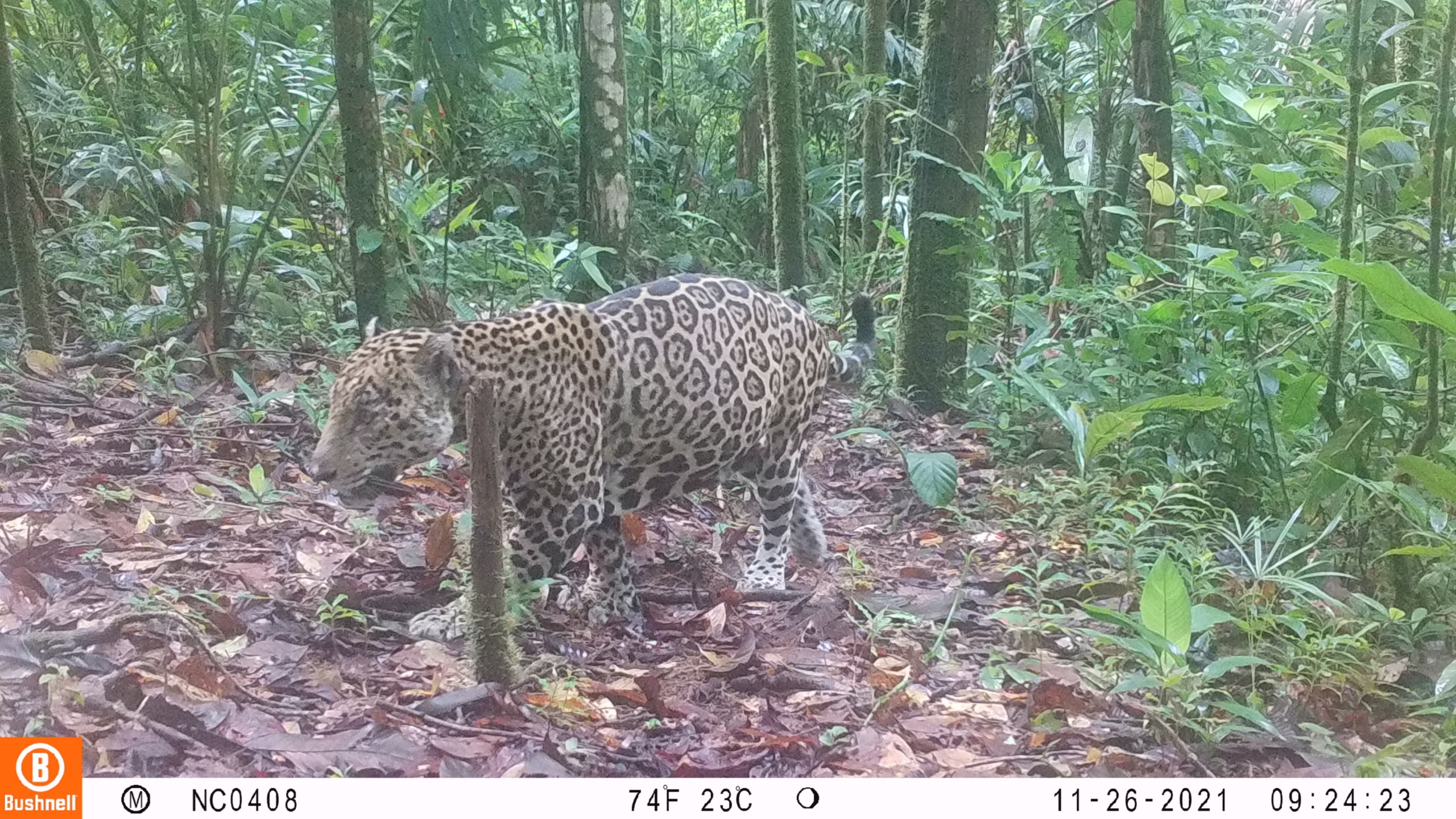
Two of the animals identified have fascinating histories. Macho Uno and Vivi were the first two jaguars we detected in 2015. Macho Uno was a healthy-looking adult male who used the park heart, where herds of white-lipped peccaries—the jaguars' primary prey—concentrated for several years. During the initial years of our study, we discovered an earlier record of Macho Uno in Corcovado National Park.
Javier Carazo had detected him in 2008 when Macho Uno was a juvenile. At that time, the cat was misidentified as a female because his genitalia were not yet developed. Based on that early sighting, we estimate that Macho Uno was 16-18 when we last detected him in 2022, making him one of the oldest jaguars ever known in the wild.
Vivi was the first female we detected in 2015. Since female jaguars are particularly elusive, they can be more challenging to detect on camera traps than males. In 2017 and 2021, we detected Vivi interacting with two younger male jaguars, Trotamundo and Tortugo, suggesting Vivi could become a mom. Alejandro and Evelyn made a considerable effort to intensify the camera trap network so we could capture the first photos of a jaguar cub born in Corcovado.
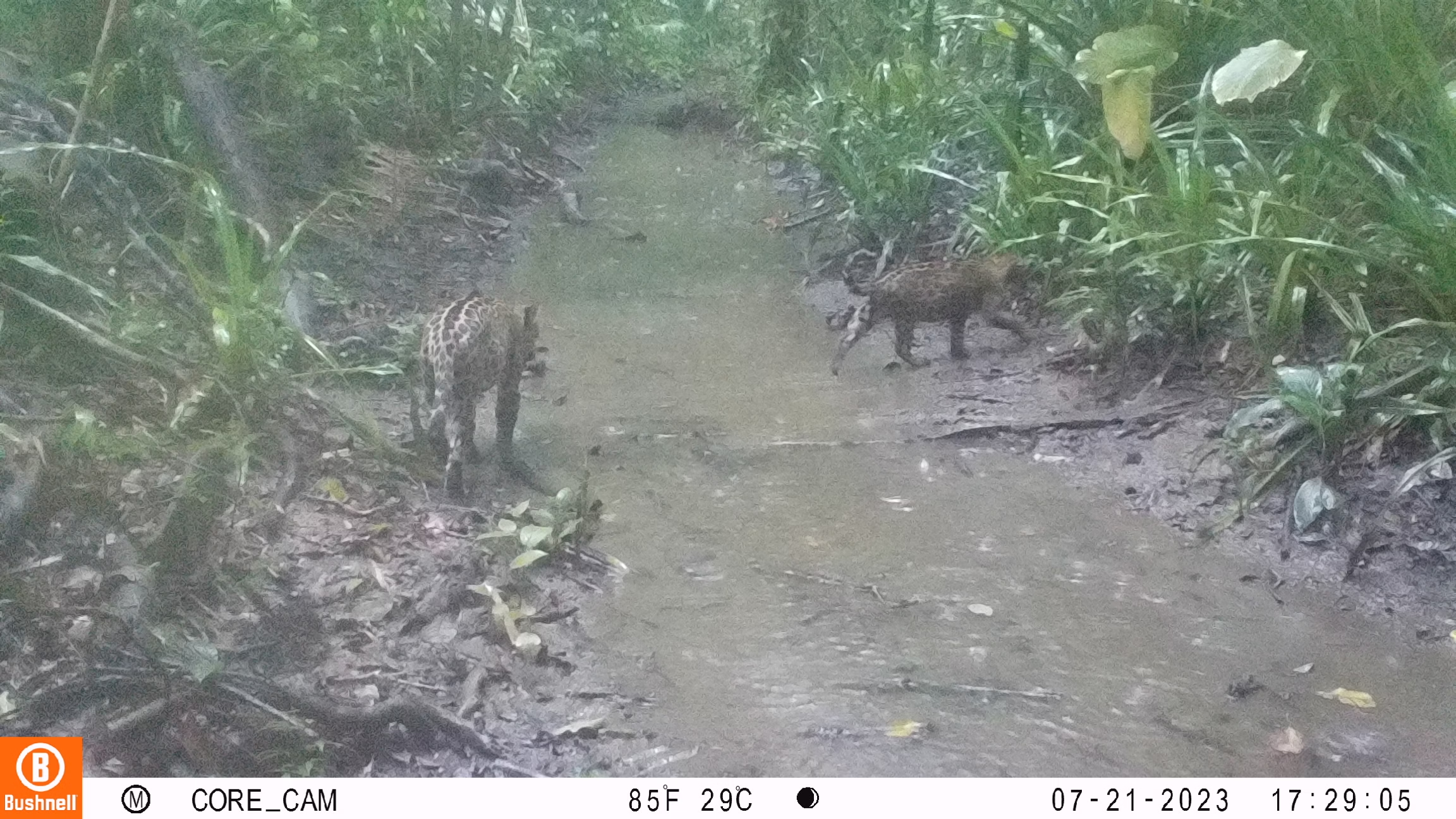
However, their efforts were unsuccessful. It was not until 2023 that we captured pictures of Vivi with a cub, Aurora. Since then, Aurora has been captured several times by our camera traps as she is now looking to establish her territory. Aurora is the first record of a jaguar cub born in Corcovado National Park.
As you read this, Alejandro and Evelyn are working tirelessly to maintain the camera trap network and organize camera trap data so that new life histories of jaguars in Corcovado National Park can be constructed. Hopefully, one day, we can share the history of Aurora and her cubs with you.
Why donate?
Conservation efforts in this area can be challenging. Having access to long-term, quality information about the status of species is critical to the conservation of this area. This area is regularly threatened by poaching, illegal gold mining, and other threats. It can also be very difficult – physically and logistically to access the many remote parts of our study area. Furthermore, not only does the tropical environment take its toll on our equipment, but occasionally our cameras are stolen or destroyed by poachers or miners. Thus, each year we need to replace some cameras. The good news is that you can help us address these challenges by donating to the JaguarOsa Project.
Your gracious donation to the JaguarOsa Project will go directly to supporting the on-the-ground efforts to monitor and conserve wildlife within the protected areas of the Osa Peninsula of Costa Rica. For example, donations will be used to help purchase camera traps, food for field crew while in the field, or memory cards, batteries, or locks for cameras. These essential items will help us maintain this effort into the future and conserve one of the most biodiverse places on Earth.
If you want to support our conservation efforts in the field, please consider donating via the following link. JaguarOsa - Northland College
Ballena Tales is an essential free digital magazine in Costa Rica, valid for travelers, residents, and investors covering Costa Ballena in the Canton of Osa in the South Pacific of Costa Rica. It is a fully bilingual, bi-monthly, and full-color digital magazine.
The magazine introduces the reader to the life of the local community, with interviews of pioneers, writers, and artists, as well as extensive information on restaurants, hotels, experiences, natural attractions, and wildlife of the South Pacific of Costa Rica.
We are not just a magazine; each edition (print and digital) is linked to a robust web platform; the editions are published online, and the advertorials are included in our blog and the brand in the commercial directory. We also add links to the advertising company's website and social networks. At this time, the openings of digital publications in all their expressions exceed 80 thousand openings, and the advertised brands have a global reach.
We have a loyal audience of over 8,000 readers in the South Pacific's Costa Ballena region who will view your news in each printed edition.
We prioritize our readers' satisfaction by delivering a variety of engaging content while showcasing the value of our advertisers' brands.

Busting Myths About Costa Rica Destination, Free Costa Rica Magazine #99
We’ve recently seen misinformation circulating suggesting that Costa Rica is an expensive destination.
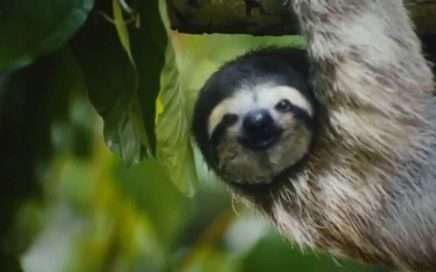
Debunking myths about Costa Rica’s South Pacific destination
There is false information circulating that suggests the South Pacific Costa Rica is an expensive destination
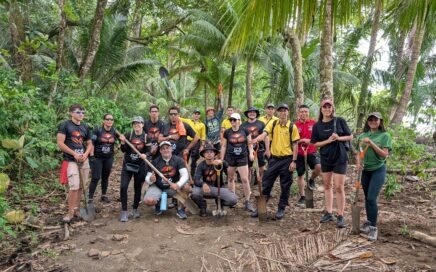
Beach Clean Up in Uvita: Community Spirit in Action at Marino Ballena National Park
Beach Clean Up in Uvita Community Spirit in Action at Marino Ballena National Park Author: Sophie Schindler
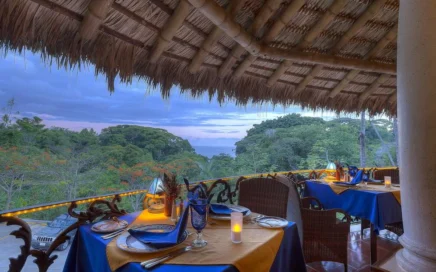
Costa Rica’s First 100% Gluten-Free Gourmet Restaurant
Costa Rica’s First 100% Gluten-Free Gourmet Restaurant La Palapa Restaurant: Indulgence Without Compromise Travelers come to Costa Rica seeking nature, adventure – and memorable dining. At Cuna del Ángel, a boutique hotel nestled in the […]

Adventure Begins Where Comfort Ends: Our Rain-Soaked Snorkeling Tour to Caño Island
What I Learned from Traveling in the Rain or Why a Plastic Cape Can Teach Humility Our Snorkeling Tour to Caño Island
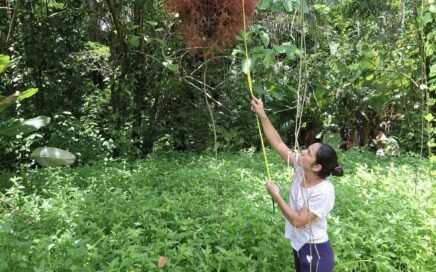
Increasing Biodiversity in the Path of the Tapir Biological Corridor
The area including the Path of the Tapir Biological Corridor in Costa Rica, is one of the few places with increasing biodiversity.
What to do, Where to eat, and Where to stay…
- Activities and Tours
- Whale Watching Tour
- Natural Attractions
- Marino Ballena National Park
- Restaurants
- Hotels and Accommodations
South Pacific Costa Rica Beaches,
Looking for business directories, maps or other printouts? We’ve got that too!
Dare to Discover and Enjoy…
Check out…
Need help planning your next trip? Let us help you with your Costa Rica vacations!
Email: carlos@ballenatales.com
Phone: +(506) 8946 7134


